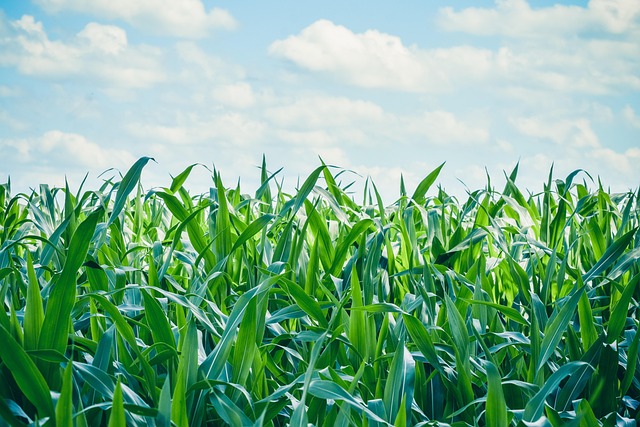In urban areas with limited land, achieving an attractive and functional plant layout requires understanding and overcoming space constraints. Space-efficient landscaping focuses on maximizing vertical areas, edges, and narrow spaces using compact-space plants and vertical gardening techniques. Vertical garden design transforms flat gardens into multi-layered oases that enhance aesthetics and offer practical benefits like improved air quality and potential food production. Container gardening allows for lush displays in small balconies or patios, while permuting interplant distances maximizes space utilization and plant health. These strategies enable gardeners to create verdant oases even in the smallest urban spaces, enhancing outdoor aesthetics and offering tranquility.
In today’s urban world, space-efficient landscaping is crucial for creating lush, vibrant gardens despite limited real estate. This article explores innovative strategies to transform your outdoor space into a thriving oasis. We delve into understanding space constraints, uncovering design secrets like vertical garden arrangements that maximize upward potential. Discover the power of layered bed layouts, offering depth and efficiency, and unlock the versatility of container gardening for compact spaces. Additionally, we’ll discuss optimizing interplant distances for maximum space utilization.
- Understanding Space Constraints in Planting
- Vertical Garden Design: Maximizing Upward Space
- Layered Bed Layout: Creating Depth and Efficiency
- Container Gardening: Versatile Solutions for Limited Spaces
- Permutations of Interplant Distance: Optimizing Space Utilization
Understanding Space Constraints in Planting
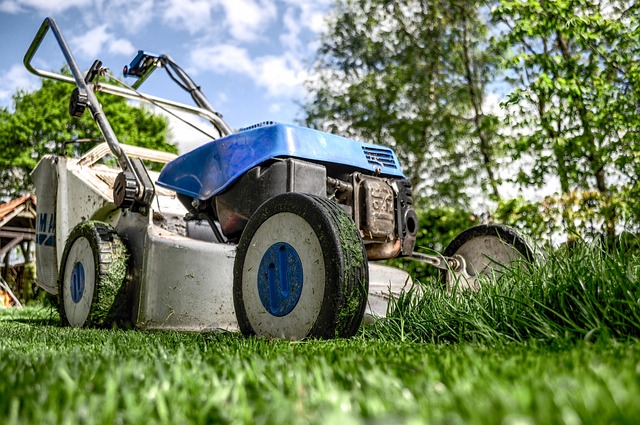
When designing a plant and garden layout, understanding space constraints is paramount for achieving an aesthetically pleasing and functional result. In many urban settings, where land is scarce, optimizing available space becomes crucial. Space-efficient landscaping involves strategic planning to maximize the use of vertical surfaces, edges, and narrow areas that might otherwise go unused. It’s about creating a harmonious blend of plants, flowers, and sometimes even edible gardens within limited real estate.
Identifying specific challenges—such as confined planting beds, limited sunlight exposure in certain zones, or the need to accommodate structural elements—is key. From there, selecting plants suited for compact spaces, considering growth habits, and employing vertical gardening techniques can transform these constraints into opportunities. The goal is to craft a verdant oasis that not only enhances the aesthetic appeal of your outdoor space but also offers a sense of tranquility and connection with nature, even in the most confined urban environments.
Vertical Garden Design: Maximizing Upward Space

In the pursuit of space-efficient landscaping, vertical garden design stands out as a revolutionary concept. This innovative approach leverages upward space, transforming traditional flat gardens into multi-layered oases that pack a punch in terms of both aesthetics and productivity. By incorporating vertical elements like walls, fences, or free-standing structures covered in soil and plants, gardeners can create stunning visual effects while optimizing limited floor area.
Vertical gardening allows for a diverse range of plant varieties to thrive close together, promoting efficient use of space. This technique not only beautifies outdoor spaces but also offers practical benefits such as improved air quality, reduced noise levels, and even the potential for small-scale food production. Whether in urban apartments or suburban backyards, vertical garden design provides an eco-friendly and aesthetically pleasing solution for achieving maximum plant growth in minimal square footage.
Layered Bed Layout: Creating Depth and Efficiency
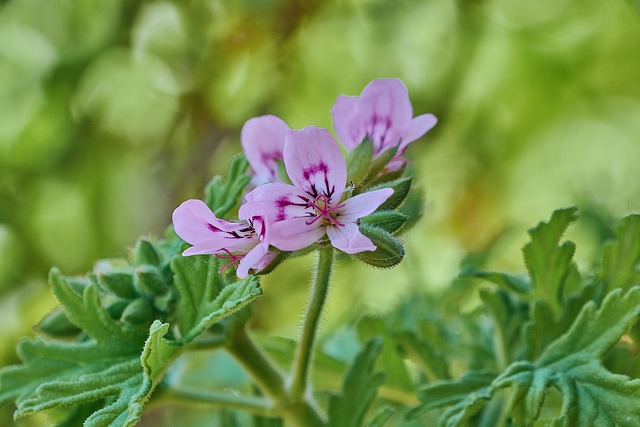
In the pursuit of space-efficient landscaping, a layered bed layout offers a dynamic solution for garden enthusiasts with limited space. This innovative approach involves constructing raised beds at different heights, allowing for vertical layering of plants. By stacking crops or flowers in tiers, gardeners can maximize yield and aesthetic appeal within compact areas. Each layer can accommodate various plant types, from tall sunflowers to low-growing herbs, creating a harmonious and balanced garden environment.
This layout encourages smart planting strategies by ensuring efficient use of vertical space. It facilitates easier access for maintenance and harvesting, as well. With careful consideration of plant compatibility and sunlight requirements, a layered bed can transform a small backyard or balcony into a vibrant, productive oasis, showcasing the beauty and potential of space-efficient landscaping.
Container Gardening: Versatile Solutions for Limited Spaces
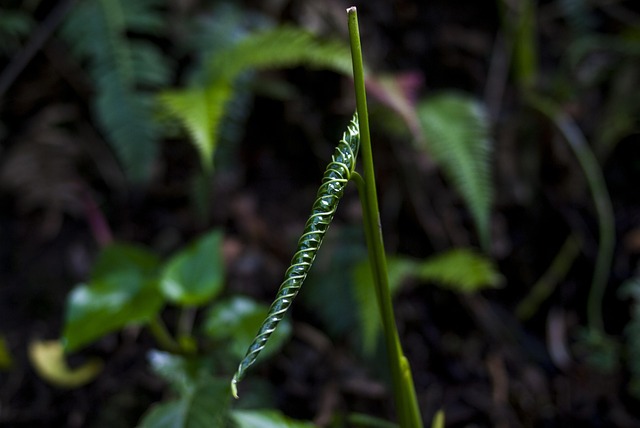
Container gardening offers a versatile solution for those with limited outdoor space, allowing you to create vibrant and thriving plant displays in even the smallest areas. By utilizing pots, containers, and hanging baskets, you can transform balconies, patios, or narrow garden beds into lush oases. This method is an excellent way to bring nature indoors without sacrificing valuable floor space.
With a wide range of container sizes, materials, and styles available, it’s easy to find the perfect fit for your needs. From sleek modern designs to rustic wooden pots, you can choose containers that complement your garden aesthetic while still maximizing efficiency. This approach also provides excellent control over soil composition, watering schedules, and plant placement, making it ideal for urban dwellers or those with challenging climates.
Permutations of Interplant Distance: Optimizing Space Utilization
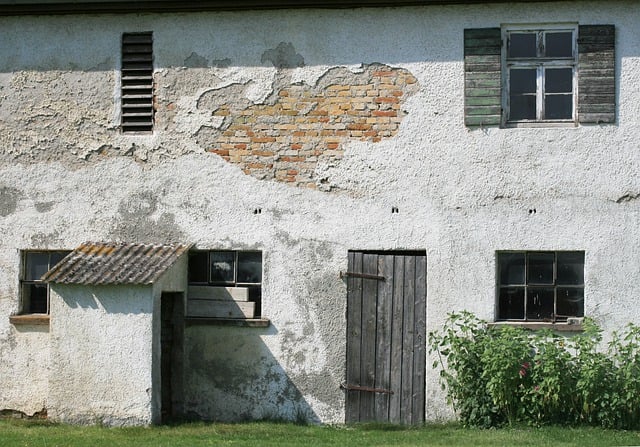
In space-efficient landscaping, one of the key strategies involves permuting interplant distances to maximize space utilization while ensuring plant health and aesthetic appeal. By adjusting the gaps between plants, gardeners can create dense, vibrant displays in smaller areas. For example, compact plants can be placed closer together, while taller varieties should be spread further apart to avoid shading and allowing for adequate air circulation. This strategic arrangement not only conserves space but also reduces weed growth and minimizes water evaporation.
Different plant species have varying requirements for interplant distances. Understanding these needs is crucial for optimizing space. For instance, some plants thrive in crowded conditions, while others require more room to grow. By considering the specific needs of each plant, gardeners can create well-balanced layouts that promote healthy growth and visual harmony. This approach ensures both practical benefits and aesthetic pleasure, making it an essential consideration for anyone aiming to achieve space-efficient landscaping.
In the pursuit of space-efficient landscaping, these various gardening techniques offer practical and creative solutions for any size yard or balcony. By understanding spatial constraints, leveraging vertical areas, implementing layered beds, embracing container gardening, and optimizing interplant distances, gardeners can cultivate thriving plant layouts that make the most of every available inch. Whether urban dwellers or suburban residents, these strategies allow everyone to enjoy the beauty and benefits of nature in their own unique, compact gardens.
